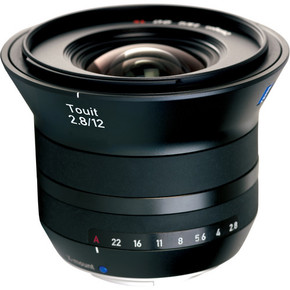
A compact standard focal length with autofocus, especially designed and constructed for compact APS-C cameras of the Sony Alpha series with E-Mount and Fujifilm X series. A lens that makes it so easy to spontaneously capture your special moments and preserve them in perfect pictures. Whether you are shooting portraits, landscapes or spontaneous snapshots, you will never cease to be amazed by what a ZEISS Touit 1.8/32 can tease out of your camera. It is quite simply the ideal companion for capturing perspectives and colour- and lighting moods in perfect pictures. Get yours from Parallel Imported today!
Features:
Smooth and reliable autofocus
The design of the autofocus system demands an extremely precise movement of certain lens elements. As the mass of the elements or groups to be moved within the optical system differs, various motor types may be installed. The focusing system of the Touit lenses is designed to guarantee robust and smooth autofocusing without any need for compromises or limitations in their optical design.
Full compatibility
The ZEISS Touit lenses are designed and constructed specifically for use on APS-C cameras of the Sony Alpha series with E-Mount and Fujifilm X series. The lenses are therefore fully compatible and support all camera functions, including autofocus.
Virtually distortion-free optics
Dramatic perspectives and a view from extraordinary image angles – ZEISS lenses open up new composition possibilities. Distortion would disrupt the composition because straight lines, whose image does not go through the image center, would be reproduced with a curved shape. This annoying effect is accordingly and largely compensated through elaborate optical designs at all focal lengths.
ZEISS T* anti-reflective coating
The optical elements of ZEISS lenses feature T*® anti-reflective coating on all surfaces and an optical design that guarantees images of superior brilliance at all times, even in unfavourable lighting conditions. We apply the anti-reflective coating to the lens surfaces by the vapour deposition of extremely thin, transparent layers on the glass. In this process, special substances are vaporized with extremely high energy in a high-vacuum environment and are subsequently deposited on the glass surfaces, one after another, as layers with precisely controlled thicknesses to achieve the desired reduction of reflective properties. The first coating techniques were employed by ZEISS as long ago as in the 1930s.


















